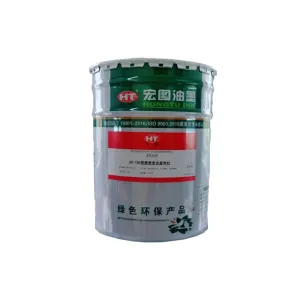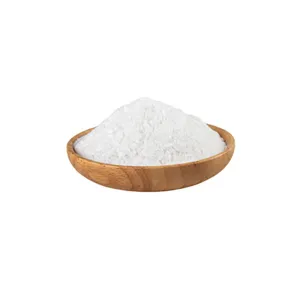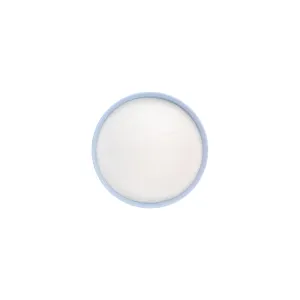Brief description of talcum powder wastewater treatment application and development suggestions
China Powder Network reported on May 7 that talc is a magnesium silicate with a special layered structure. It has stable chemical properties, a unique pore structure and a large specific surface area. It is used in papermaking, coatings, It is widely used in various fields such as automobile manufacturing. Powdered talc has lipophilic and hydrophobic properties and excellent adsorption properties. It is abundant in reserves and low in cost. In recent years, talc powder has been successfully used in the field of sewage treatment.

It has been used as a coagulant, coagulant aid, filter aid, Related research on adsorbents and oil absorbents. Research shows that talc powder has certain advantages in the treatment of papermaking wastewater, oily wastewater, dye wastewater, aromatic organic wastewater and heavy metal ion wastewater.
At present, talc, a non-metallic mineral, has been widely used and has significant social and economic benefits, which increasingly shows its feasibility in the field of environmental protection. Although talc powder has some shortcomings in wastewater treatment, talc powder also has extremely promising application prospects in water treatment processes due to its advantages of large reserves, wide distribution, low cost, and low pollution.
The remarkable effect of talc powder in treating wastewater mainly depends on the structure and properties of talc: (1) unique pore structure and large specific surface area; (2) surface functional groups OH—, H—O— H, Si—O are active; (3) natural hydrophobic and lipophilic; (4) chemical stability. Talc powder modification methods used for water treatment mainly include surface covering modification method, mechanical crushing modification method, ultrasonic treatment method and acidification modification method. After modification, the specific surface area of talc powder increases, surface activity is enhanced, and adsorption is enhanced. The performance is improved, so it can be used to treat wastewater.
In summary, it is recommended that future work should focus on the following aspects: (1) There are few modification methods for talc powder as a water treatment agent. Based on the characteristics of talc itself, local research should be expanded. Active modification method or outer film layer modification method to improve the selectivity of modified talc to adsorb specific pollutants. In addition, the issue of acid discharge in acidified talc powder should also be considered; (2) There is a lot of wastewater treated with talc powder.
For laboratory simulation of wastewater or wastewater with a single pollutant, it remains to be investigated whether talc powder can be put into actual production operations in large quantities; (3) Studies have shown that SN (octadecyldimethylhydroxyethylammonium) The mixture hybridized with magnesium silicate can adsorb anions in dye wastewater.
The interlayer structure of magnesium silicate is similar to talc, so hybridization of talc and SN can be considered for the removal of anions in dye wastewater; (4) According to the properties of talc Characteristics such as lubricity and adsorption can be used to examine the filter-aiding role of talc powder in membrane separation technology; (5) Research on methods such as talc powder recovery and reuse should be strengthened to provide theory for further development of the application of talc powder in water treatment.
Base. With the in-depth research on water pollution purified by talc powder and the continuous development of talc processing and modification technology, it is expected that talc powder will have a major breakthrough in water treatment.
Recommended Suppliers
 September 23, 2024
September 23, 2024  June 3, 2024
June 3, 2024  June 3, 2024
June 3, 2024  June 17, 2024
June 17, 2024  June 18, 2024
June 18, 2024 














